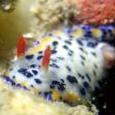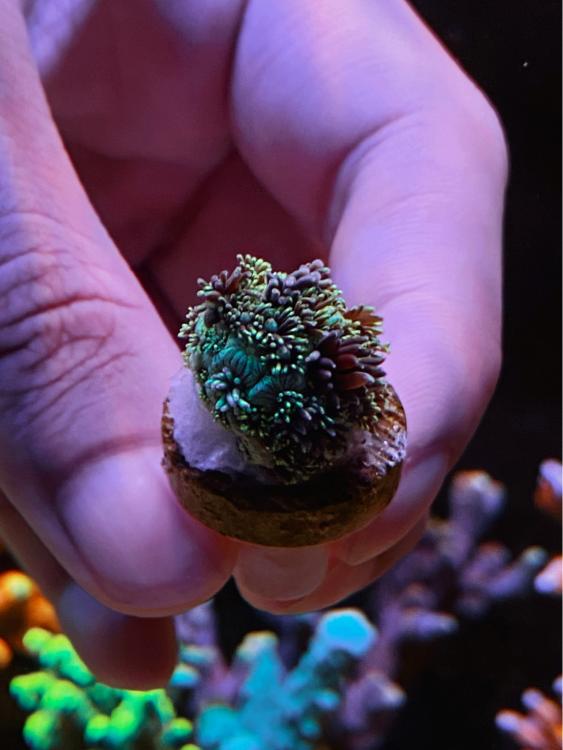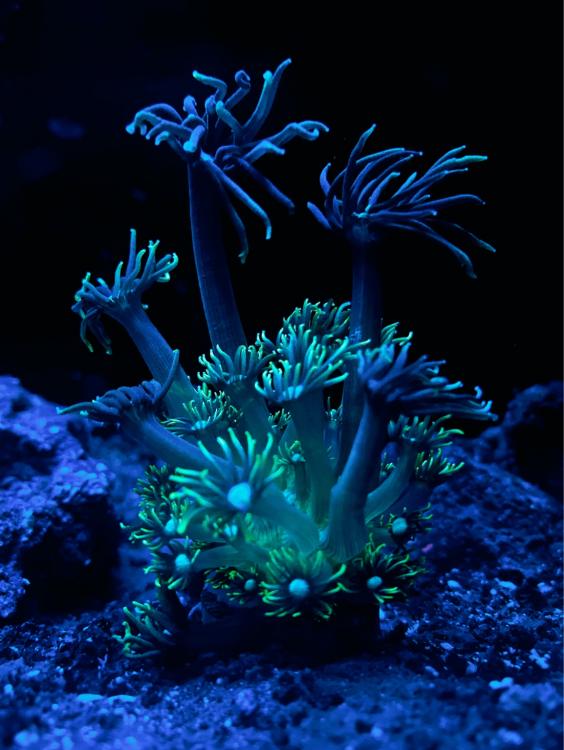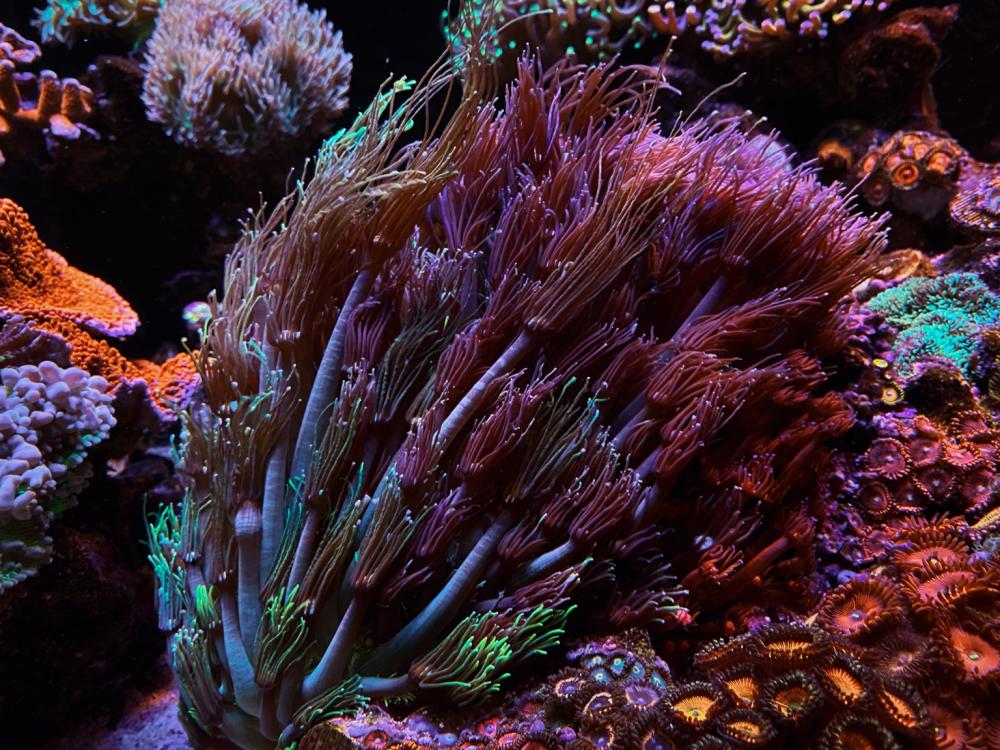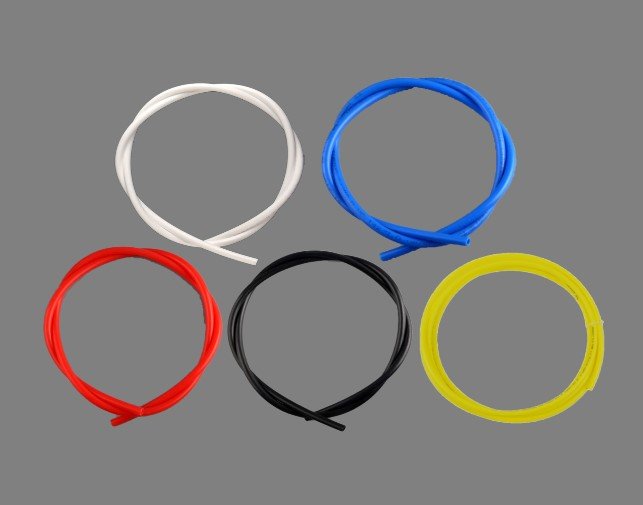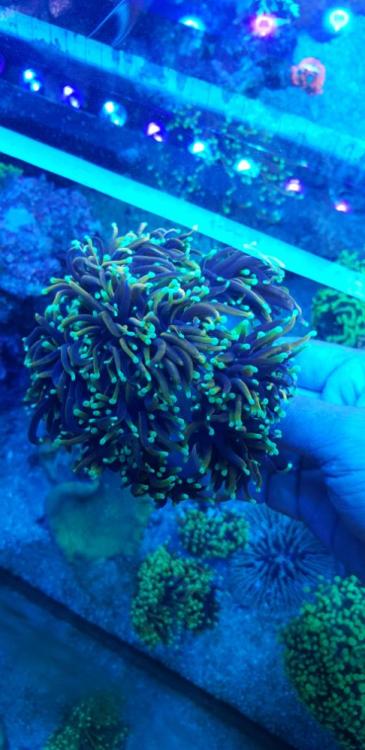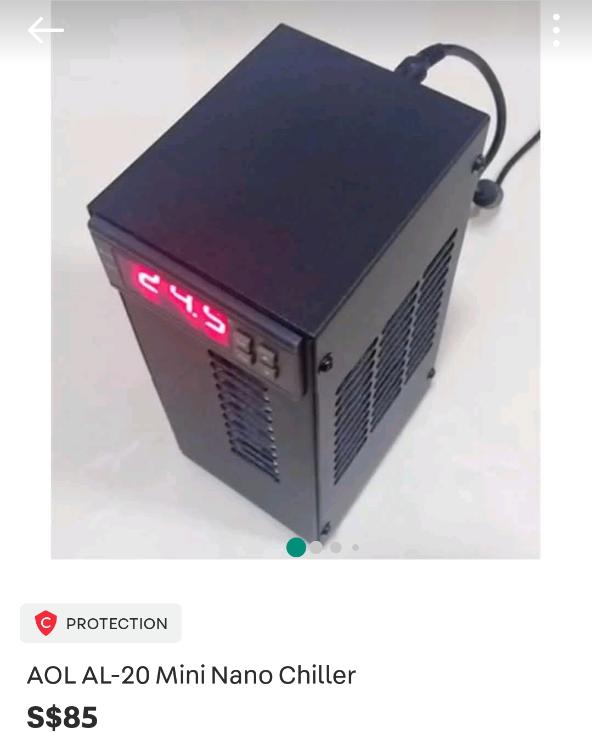Leaderboard
Popular Content
Showing content with the highest reputation on 04/08/2021 in all areas
-
I've started to journey into the microscopic world of the reef tank. Invested in a good microscope with a camera hooked up. Its great to be able to pinpoint issues and apply the correct fix. For example : Is this dinoflagellates or diatoms? What kind of algae is this? Or be able to identify various parasites. For a start, many have experienced brown jelly disease on hammer & torch corals. The common advise is to discard it immediately as the brown jelly can spread. Another common advise is to dip the coral with coral dip or with iodine to disinfect it. This post hopes to give some insights on what works & what does not. Under the microscope, the brown jelly are actually a huge colony of a type of protozoa (single celled microscopic animal) known as ciliates. They are characterized by the presence of hair like organelles called cilia. Pic from Wikipedia From numerous articles (eg : https://www.sciencedirect.com/science/article/abs/pii/S1385110115300095), the common ciliate associated with coral diseases are Philaster Lucinda & Philaster Guamense Pic below taken by my microscope. The brown bits you see are zooxanthellae. Some have been ingested. I tested some new purchased / store bought hammer corals and a tiny amount of the ciliate are present. Apparently, ciliate are always present in the water but have no effect if the coral is healthy or if the population of the ciliate is small. However, when they colonize in large populations, they attack the weak coral & the infamous brown jelly or RTN occurs. I collected the brown jelly & soaked them in various kinds of coral dips and iodine. Apparently, the ciliates do not die! All still alive! This means that while coral dips & iodine may do well to 'wash' the coral, bits of this parasite are still present and can cause further issues. Possibly that's why brown jelly tends comes back a few days later. In the video below, you will see big colonies of the ciliate. This slimy cloud contains the parasite that can move around to infect the nearby coral. Hence the advise to dip & trim away the infected piece is correct. Of all the products tested, the only one that actually destroys the ciliate is Polyplab Reef Primer. Within 10 minutes, the cilates stop moving (die!) and the cell walls start to disintegrate. And if left for longer periods, it seems to disintegrate entirely (or perhaps it becomes so transparent that I can't see with my microscope) Next step is to understand how to prevent brown jelly or ciliate colonies in the first place.2 points
-
I am keeping a pair of clownfish in my tank, it is a new system and not very willing to try anemone as I am afraid it will get sucked into powerhead. Does anyone have any recommended alternative corals that my clownfish can host in? Preferably cheap and easier to keep than anemone Now at night my clownfish just sleep in the upper corner of the tank near my algae scraper, but I don't feel its right for them long-term, donno whether their sleep will be disturbed by lights in the room that are on until 2-3am .1 point
-
Actually, considering that you first found them when the lights are off, I suspect it's something else. Do you have Cerith snails in the tank? If you have, I think it may be Cerith eggs, they look similar but Ive never see them move so much before. Maybe your tank has very high flow haha1 point
-
1 point
-
If I'm not mistaken, you're using a 10 gallon tank now right? For tanks 10 Gal and below, no need to get skimmer IMO. Your weekly water change is already at least like 50% already, that alone will pull more nutrients from the water then your tiny skimmer. (Assuming you use the standard large 20l plastic pail) Just don't overstock (if you want also can, but you get ready change water every 3 days like haha, macam discus tank at this point) You want try? Also can, but cheap Chinese venturi skimmers normally have microbubble one, some people will think it's irritating. Also can try the limewood diffuser (airstone) skimmer, they work well for small tanks. Saw a bunch of Japanese nanos using them.1 point
-
RODI 1/4 inch PE Tube (assorted colors) Polyethylene(PE) Tubing for Reverse Osmosis Systems Compatible with RO(DI) Systems utilizes 1/4″ PE Tubing. The 1/4inch will fit 1/4inch push connect fittings. [emoji2920]Shop [emoji116] https://reefmarketsg.com.sg/product/rodi-pe-tube/ • • • #reefmarketsg #RMS #supportrms #sgreefsupplies #sgreefclub #allmymoneygoestocoral Sent from Singapore Reef Club mobile app1 point
-
Can consider HK 150A if space allow. I use it for my 50litres nano preciously. Now upgrade to 170litres and still can continue to use. Can save money if you want to upgrade one day Sent from Singapore Reef Club mobile app1 point
-
1 point
-
I don't see the point in dosing nano tanks under 10g. If your salt mix is good, regular weekly water changes are more then enough to replenish the major and trace elements. If you do want to dose, I recommend you save your money and get a pipette, far cheaper and you can dose after a water change. As for chiller, Maybe one of those Chinese mini chillers that shrimp keepers use. Got many models, but can look something like this.1 point
-
If it's actually the Arabian cowrie, you may have lucked out on the individual. Very good and efficient algae grazers, may even eat bryopsis haha. Problem is they may get a taste for polyps, and it'll be downhill from there. However I would recommend that you continue monitoring it to see if it is actually disturbing the GSP, chances are the cowrie is just eating the algae on the plug. If in the unfortunate event that you do see signs of it getting eaten, then you remove it from the display. Here's someone who had the same experience as you. https://www.nano-reef.com/forums/topic/361002-arabian-cowrie-mauritia-arabica-eating-my-gsp/ If you do want to give it up, please find it a better home and not dump it into the sea or something, even if it's native around here. The animal also happens to be on the Singapore Red List of threatened animals, so I hope you'll get it a proper home. Sidenote, if you do have a problem with GSP, these guys can keep them in check, maybe some reefer with GSP problem can take him haha.1 point
-
There are several things you can do... Brightwell alternatives are Sodium nitrate based. (Can also use potassium nitrate then blend with sodium to make exactly same product as brightwell). As for plain simple sodium nitrate Check out if Laudwolf sodium nitrate 99.6% (food grade) is available in Singapore. I saw it for sale sometime back but haven't seen, or been looking, lately. If find search up "James planted tank dosing calculator" to help calculate mix. From that approximately 44g of sodium nitrate in 1L of water would raise 7.5ppm for each 1ml of dose used. So you don't need much. ...Also check out dry fertiliser that some planted tank people use... some may contain potassium nitrate. (Calcium nitrate is also a possible alternative) Secondly, you could adjust down the photo period on your refugium to slow down the rate of growth. Thus your macroalgea would absorb less. Increasing your levels. Or simply remove more macroalgae. You could Remove a mechanical stage of filtration. This way more 'larger chunks' (hahaha still tiny) of waste will enter the system and decompose, thus entering the nitrogen cycle. You could turn off skimmer for a while. Although I believe skimmers are great at releasing carbon dioxide and thus, this could impact your ph. Most simply... You could get a few more fish. Fish poop is a great coral food. Look at adding fatty amino acids... either as fish food supplement or directly to your tank, although aminos can impact your PO4. As overfeeding typically leads to phospate issues. Anyways good luck. Be interesting to hear what other methods there are. Tell us what you decide to do and how it turned out. Sent from Singapore Reef Club mobile app1 point
-
Went through the very dreaded task of rinsing the sulfur reactor last weekend. Saved up 3 buckets of tank water during water change to rinse the mulm off the sulfur beads. Nevertheless, the reactor needs to go through the cycling process again (hopefully shorter cycle) In the process, the ceramic shaft of the pump was found to be broken. Good thing a spare was available in my stash of spare parts. A good time after that to put up the hammock & relax. From Airmocks : https://www.airmocks.com/1 point


.thumb.jpg.57c2e34da3fe90fcdb8e11c6a93f46a9.jpg)
